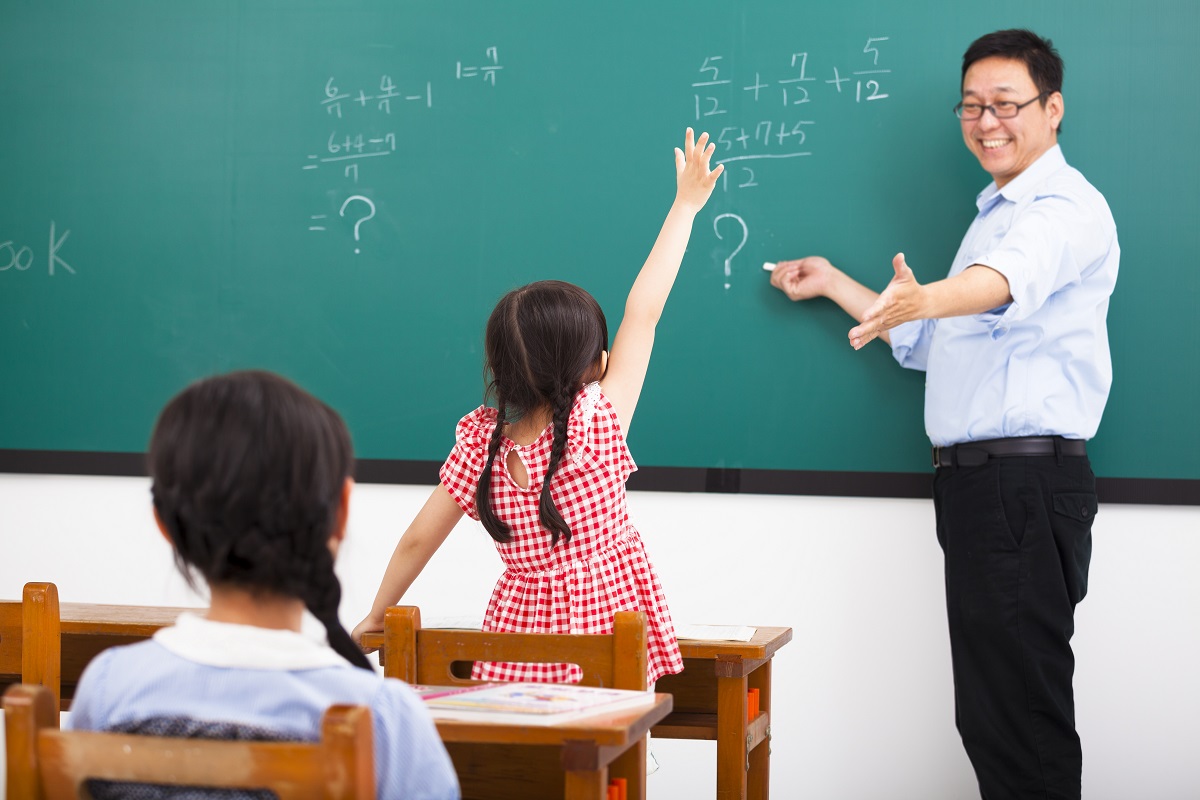Personalized Primary Science Tuition Singapore to Cater to Your Child’s Needs
Personalized Primary Science Tuition Singapore to Cater to Your Child’s Needs
Blog Article
Checking Out the Different Teaching Strategies in Primary Scientific Research Education And Learning Today
The landscape of primary scientific research education is advancing, with numerous training strategies gaining prominence in contemporary classrooms. Inquiry-based learning, hands-on experiments, and the integration of modern technology are redefining just how educators engage young minds. Additionally, collaborative methods and set apart direction are being utilized to satisfy the varied demands of pupils, improving both interaction and understanding. As we examine these methodologies, inquiries develop regarding their effectiveness and the ramifications for future educational practices. What might these changes in strategy mean for the next generation of learners?
Inquiry-Based Knowing
Inquiry-Based Discovering (IBL) is an instructional approach that encourages students to check out scientific concepts through questioning, examination, and hands-on experimentation. This approach emphasizes the duty of pupils as energetic participants in their understanding, advertising critical thinking and problem-solving abilities. By engaging with real-world concerns, pupils end up being curious and motivated, which improves their understanding of scientific principles.
In IBL, instructors function as facilitators, guiding trainees as they browse their questions instead of delivering details straight. This student-centered strategy enables differentiation, suiting different finding out rates and designs. Trainees create abilities in formulating hypotheses, making experiments, and assessing information, which are essential for scientific literacy.
Additionally, IBL cultivates cooperation among trainees, encouraging them to share searchings for and concepts. This cumulative inquiry promotes social skills and a feeling of community within the class. The procedure of query urges strength, as trainees learn to embrace failing as a tipping stone towards understanding.
Hands-On Experiments
Hands-on experiments are a crucial component of efficient scientific research education, enhancing the concepts of inquiry-based discovering. These experiments permit students to involve straight with clinical ideas, cultivating a deeper understanding through experiential understanding. By adjusting materials and observing end results, young students can grasp abstract theories in substantial methods.
Such activities advertise essential thinking and problem-solving abilities, as trainees hypothesize outcomes, conduct experiments, and evaluate results. This process encourages them to ask concerns, refine their understanding, and create a clinical way of thinking. Hands-on experiments can be tailored to diverse learning designs, making certain that all students have the possibility to engage meaningfully with the content.
Additionally, hands-on experiments typically urge cooperation amongst peers, promoting team effort and interaction abilities. Operating in teams allows students to share ideas, go over searchings for, and pick up from one an additional, which improves their general academic experience.
Integrating hands-on experiments into the key science curriculum not only enriches the learning setting yet additionally grows a lifelong interest in scientific research. By actively participating in their education, pupils are most likely to establish an interest for clinical query that prolongs past the classroom.

Modern Technology Combination
Incorporating innovation into primary scientific research education and learning has come to be increasingly vital in cultivating pupil involvement and improving discovering end results. Making use of electronic devices, such as interactive simulations, digital labs, and educational software application, supplies trainees with opportunities to check out clinical concepts in cutting-edge means. These sources facilitate a much deeper understanding of complicated topics by allowing learners to imagine and control variables that would certainly be impractical in a conventional classroom setup.
Furthermore, technology assimilation motivates personalized discovering experiences. Trainees can proceed at their very own speed, taking another look at difficult ideas via multimedia resources, which deal with various learning styles. This adaptability not just sustains individual growth yet additionally cultivates a feeling of freedom in learners.
Furthermore, modern technology acts as a bridge to real-world science, linking trainees with existing research study and professional contributions. Access to clinical journals and on the internet databases expands students' viewpoints on clinical inquiry and fosters important believing skills.
Collaborative Discovering
Collaborative understanding plays an essential function in primary scientific research education and learning by cultivating team effort and communication skills among students. This approach urges students to function with each other, share expertise, and participate in analytical, which boosts their understanding of clinical ideas. By getting involved in group tasks, pupils find out to verbalize their concepts, pay attention to varied perspectives, and work out services, every one of which are important abilities in both real-world and academic contexts.

Study shows that joint learning can lead to boosted inspiration and involvement in science topics, as pupils discover enjoyment in shared experiences (primary science tuition Singapore). Furthermore, this method prepares this content students for future collective undertakings, outfitting them with the skills necessary for efficient synergy in greater education and learning and professional atmospheres. Ultimately, welcoming collaborative understanding in primary science education and learning can considerably enrich the learning experience and promote a deeper understanding of clinical questions
Distinguished Guideline

Distinguished direction can manifest in various means, such as differing the material, processes, or products of knowing. As an example, teachers may use tiered projects that supply differing levels of intricacy, allowing pupils to work at their particular preparedness degrees. In addition, flexible organizing methods can promote cooperation among pupils with various capacities, cultivating peer understanding.
Evaluation plays a crucial role in this approach, as it educates guideline and assists instructors comprehend each trainee's unique requirements. Developmental evaluations, such as quizzes and monitorings, can lead educators in changing their approaches to improve discovering results. primary science tuition Singapore. Inevitably, by carrying out set apart guideline in main scientific research education and learning, educators can cultivate a more fair and efficient understanding setting, encouraging all pupils to reach their full possibility in recognizing scientific sensations
Conclusion
In summary, the diverse training strategies in primary see here now science education and learning, including inquiry-based knowing, hands-on experiments, modern technology integration, collaborative learning, and differentiated instruction, collectively add to an extra efficient discovering setting. These methods promote crucial thinking, problem-solving skills, and a deeper understanding of clinical concepts. By implementing these techniques, educators can create helpful and engaging class that address the different demands of trainees, eventually cultivating a lifelong passion in scientific research and enhancing academic accomplishment.
Inquiry-Based Learning (IBL) is a pedagogical strategy that encourages pupils to check out clinical ideas with questioning, investigation, and hands-on experimentation.Collective learning plays a vital role in main science education and learning by cultivating team effort and interaction skills among trainees.Research study suggests that collective learning can lead to boosted inspiration and engagement in science subjects, as pupils find pleasure in shared experiences.In promoting an inclusive learning environment, distinguished guideline arises as a crucial approach to accommodate the varied requirements and capabilities of pupils in main science education. Eventually, by executing set apart direction in main science education and learning, educators can cultivate a much more effective and equitable understanding environment, encouraging all students to reach their full possibility in comprehending clinical phenomena.
Report this page